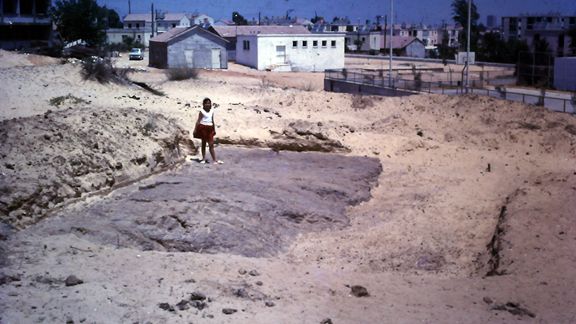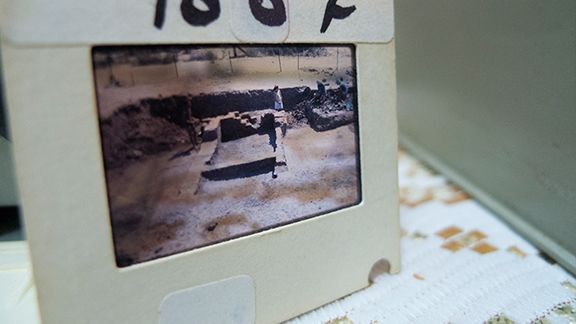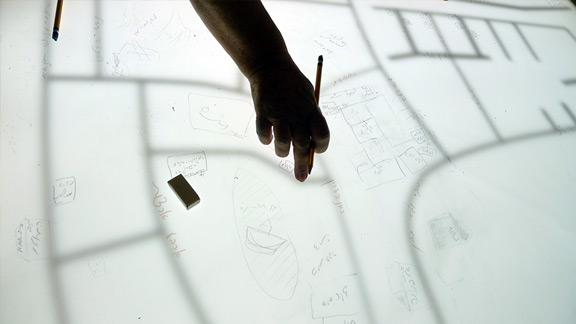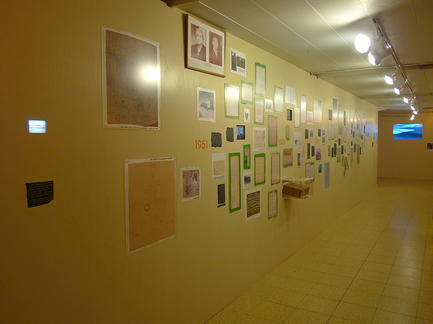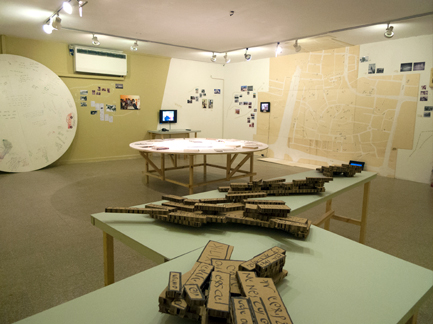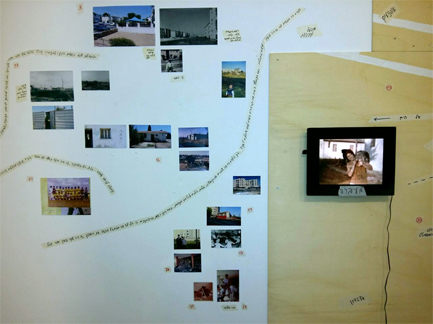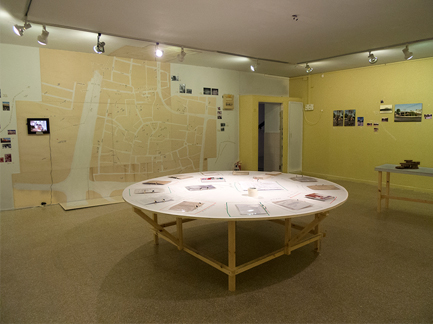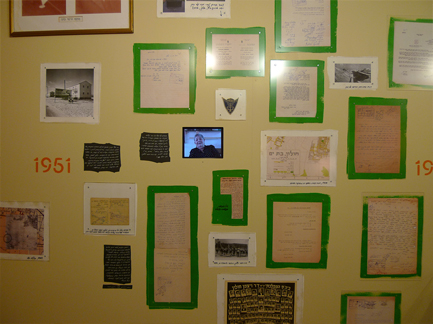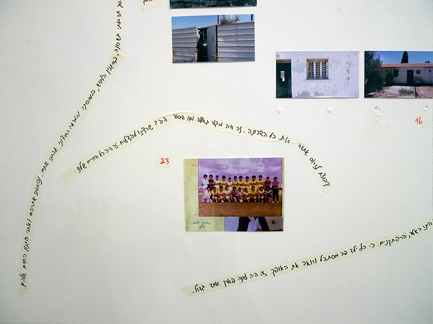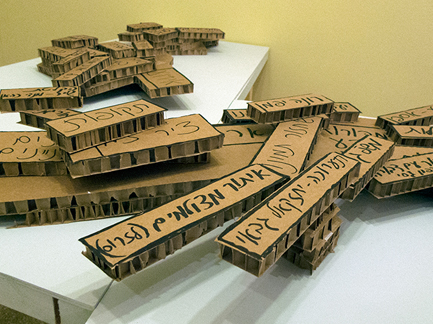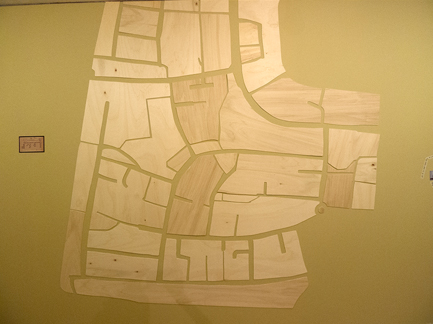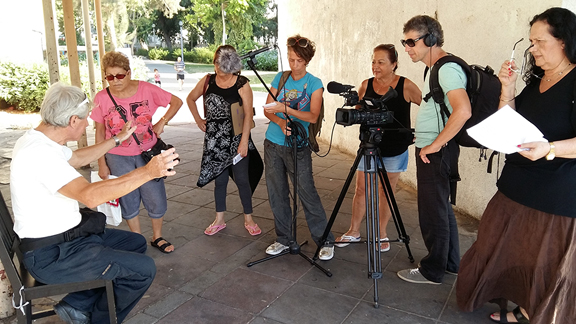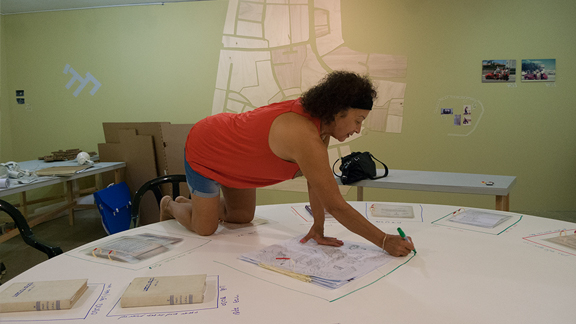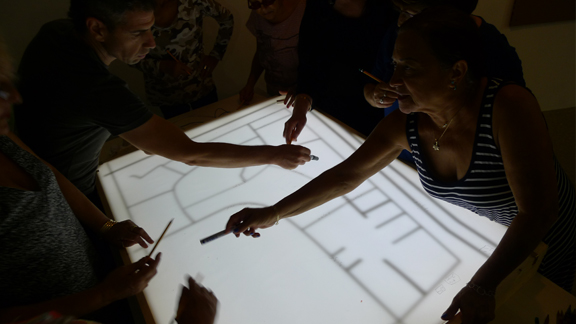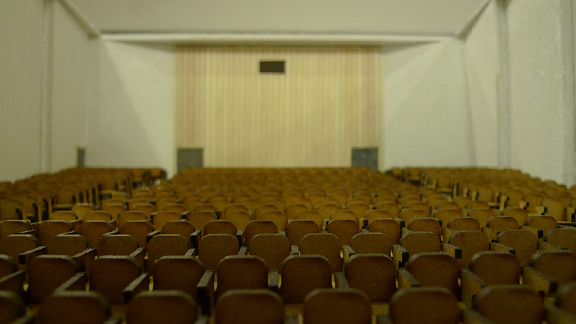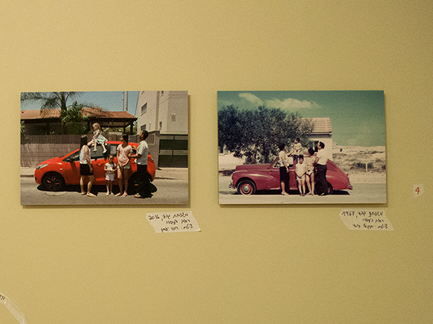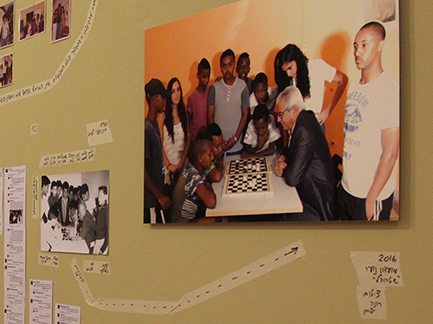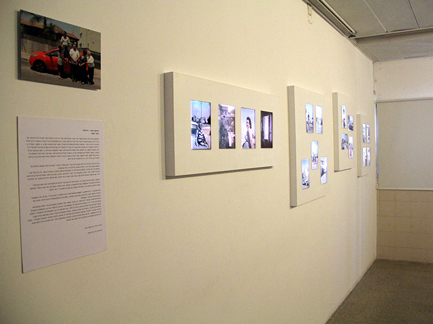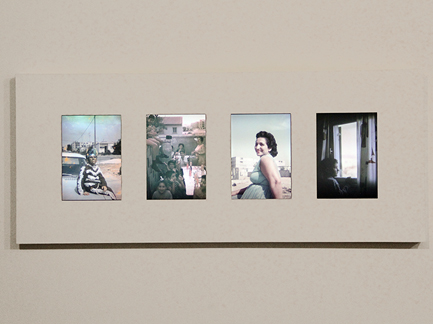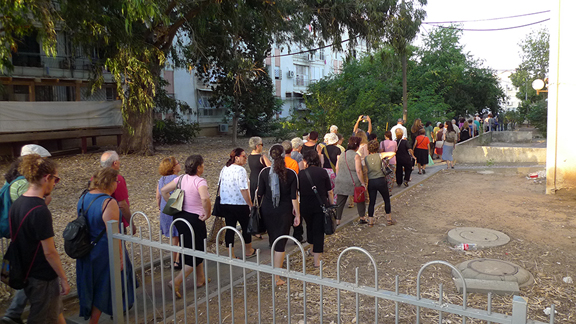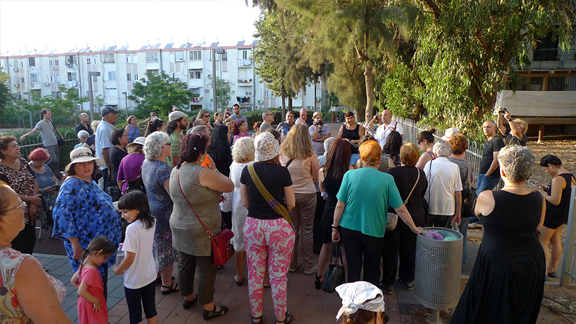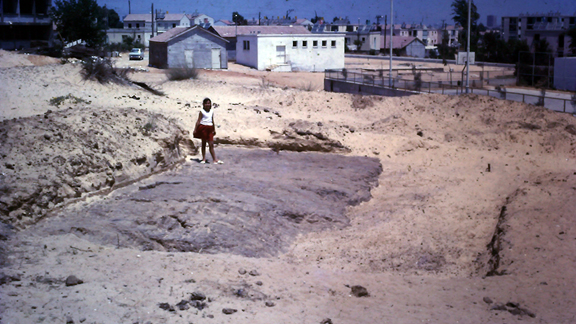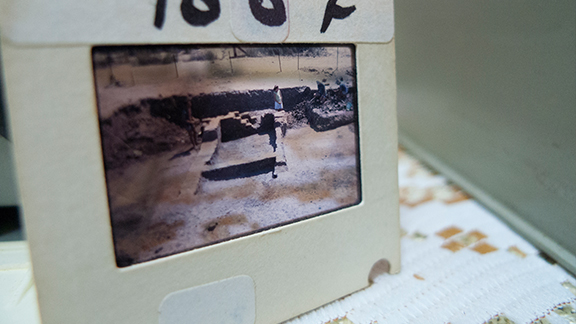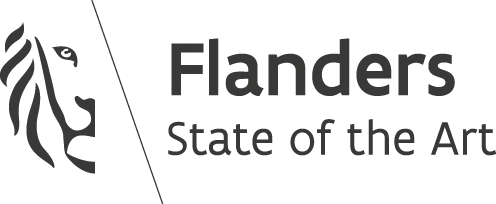The CJC Museum
The Complete Jessy Cohen Museum | participatory project | 2016 - ongoing | various medias
The Complete Jessy Cohen Museum is a museum of a neighborhood as told by its inhabitants. It continues our preoccupation with ‘place’ as a component of identity-making. Museal paratices (research, collection, selection, exhibition) and the institutional authority attached to them, become a tool of re-appropriation and self-definition. In the case of Jessy Cohen, a marginalized immigrant neighborhood, the museum wishes to enable the formulation of a collective memory and a local story, previously fragmented and ignored.
During 5 months the museum team - Effi & Amir together with residents of JC neighborhood - conducted a research on different aspects of the neighbourhood’s history and present, and in parallel produced exhibits to be displayed in the museum.
At its first stage, the museum focuses on the one hand on the neighbourhood’s timeline in an attempt to trace a collective narrative, and on the other hand on the mental-geographic space, sites and reference points. The exhibition is composed of personal archive materials, official documents, photographs, objects, videos and more.
Part of the exhibition will stay on permanent display and the museum continues its activity and further development.
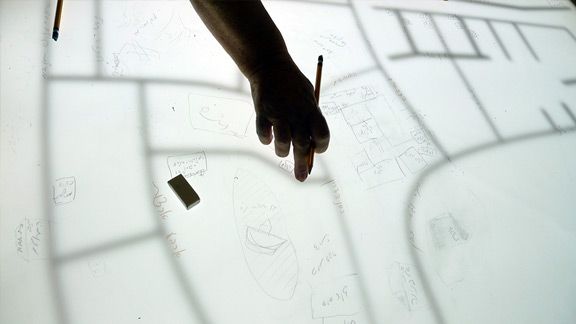
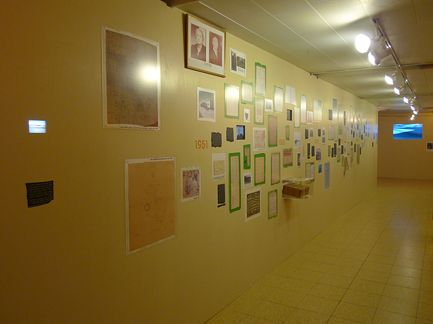
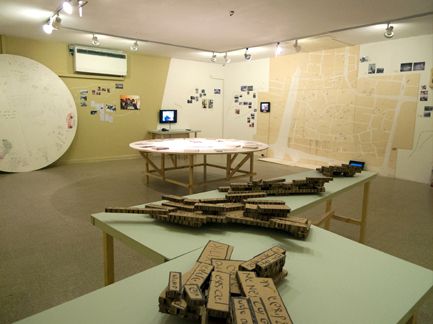
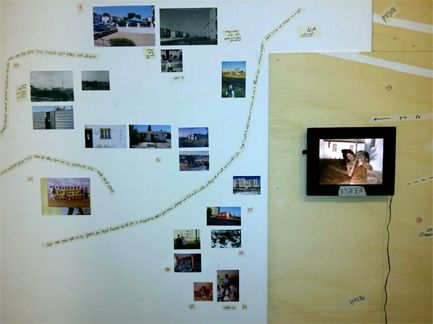
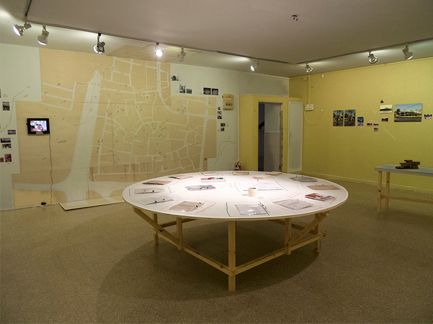
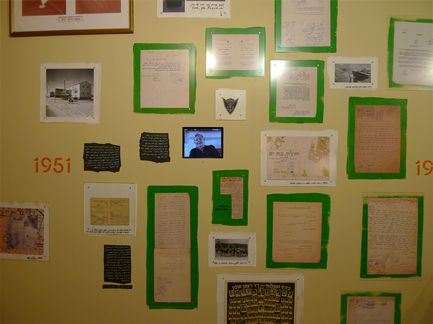

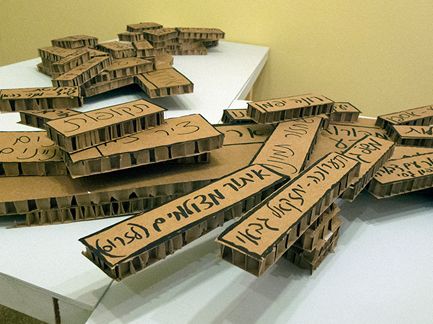
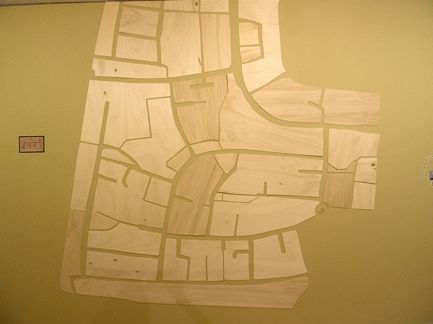
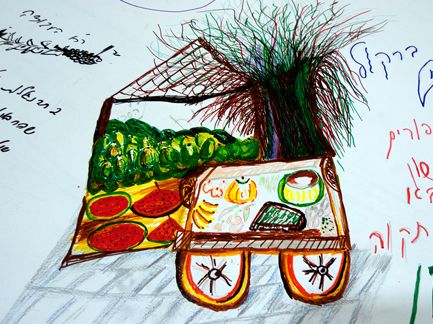
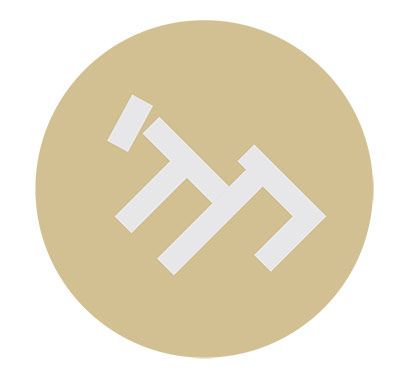
PROCESS
The museum’s team was meeting at least once a week to discuss, think and work. Different teams were created, dedicated to different topics. Traces of the working process are also on display at the Museum, such as the round table’s plate which served as a collective sketchbook during group sessions, or the cardboard topographies which follow the evolution of ideas.
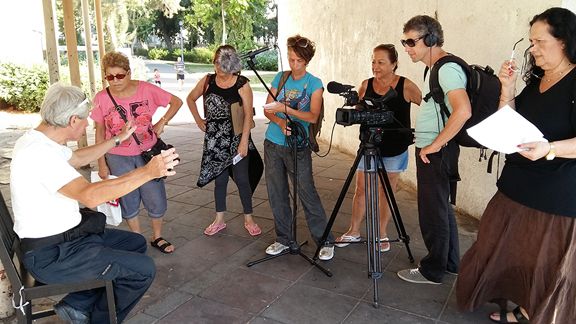

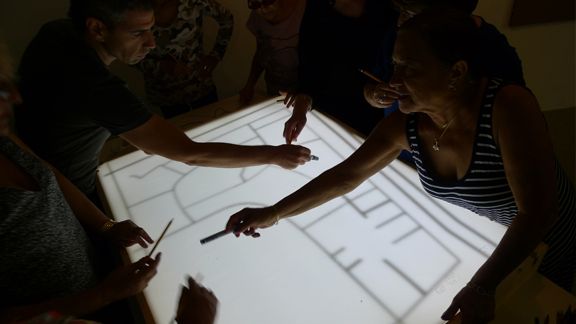
CINEMA RON
One of the main sites pointed by the museum team was the local cinema, Ron, which was active at the heart of the neighbourhood during 15 years, between 1964 and 1980 and was the centre of cultural and social life. The cinema was part of the local commercial centre, planned by acclaimed architect I. Perlstein, and is currently a supermarket.

The cinema’s accurate miniature was designed by artist Ktura Manor, who also conducted the model-building workshop.
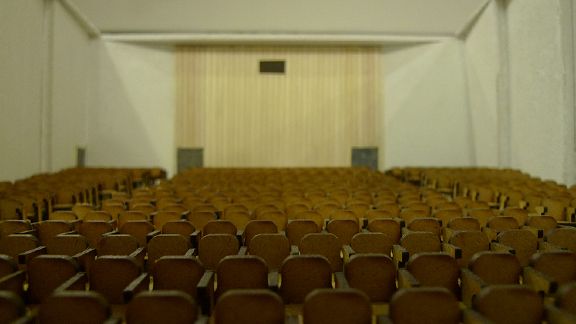
Inside the small-scale cinema a short film (10 min) is projected - and interview held by Tikwa Sedes and Pnina Barkol with Yossi Milstein, the cinema’s projectionist.
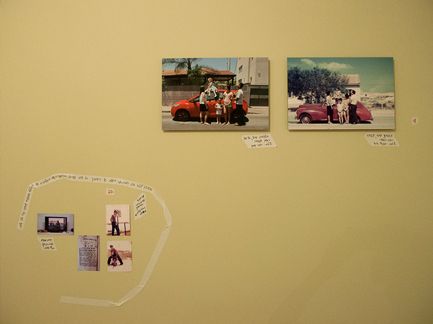
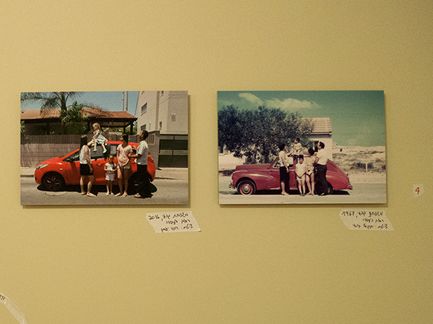
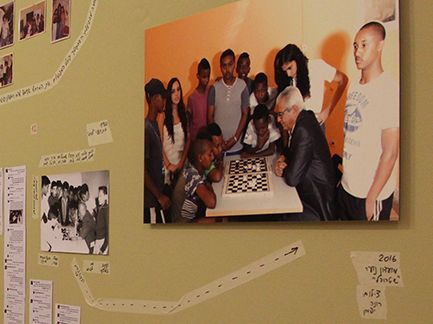
RECONSTRUCTED PHOTOS
The little urban changes that the neighbourhood has gone through was at the base of the idea to re-enact some of the early photographs we have collected. Artist Rona Yefman was invited to produce 6 reconstructions.
GABBAY
The museum has curated a photo exhibition in honour of Yehezkel Gabbay a long term resident of Jessy Cohen. Gabbay came to the neighbourhood in 1958 as a young man and is still living in the same house. In the exhibition, 4 light boxes with 17 of his slides, reproduced and blown up.

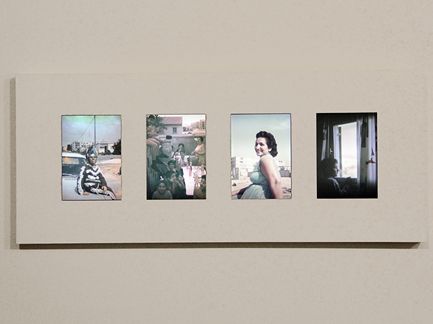
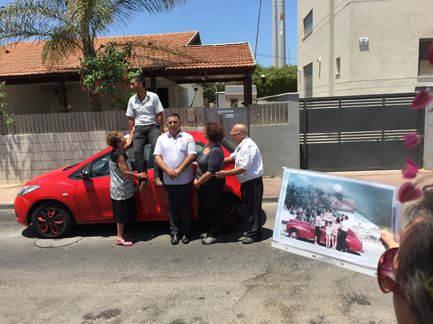
TOUR
On July 26 2016, the Museum held a mid-term event. Starting late afternoon, the event consisted of a tour in the neighbourhood with several stops. The first part was led by Boaz Cohen, radio personality who grew up in the neighbourhood and wrote a book about this chapter. Followed Rachel Polet and Tikwa Sedes, neighbourhood residents from the museum team, who talked about how the Renewing Project in the 1980’s where they were involved as residents-activists, have influenced them. The third part took place at the location of archeological site, where archeologist Dvory Namdar talked about what is known and what can be imagined about the place. The event concluded with a screening of the indian film Sangam, which was a big success in the local cinema back in the days. The film was selected by the then-projectionist, Yossi Milstein.
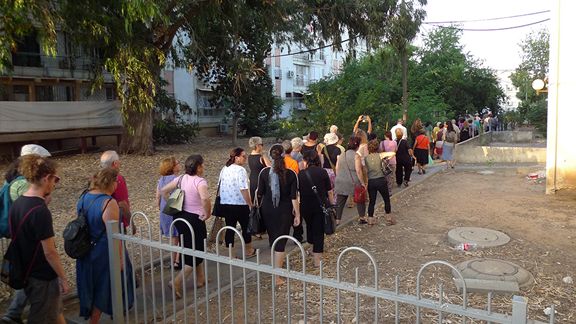
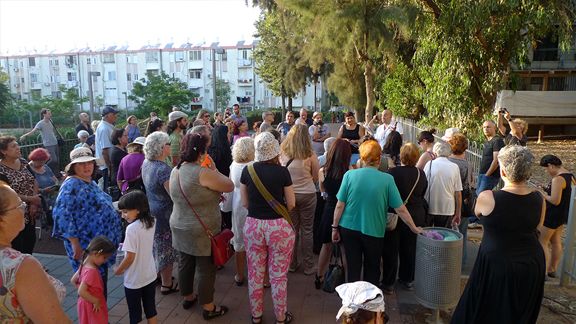
ARCHEOLOGICAL SITE
One of the main efforts of the CJC Museum is to launch an archeological excavation with the collaboration of the Antiquities Authority, under their format of “community excavation” - excavations supervised by an archeologist who is also an educator, and where the digging volunteers come from within the community where the site is located. The archeological site at Jessy Cohen is unknown to the neighbourhood’s residents and the findings from an early and partial excavation done in 1966 couldn’t be traced. The museum displays a film composed of slides taken by the archeologist who dug the place in 1966 and which were never shown before.
